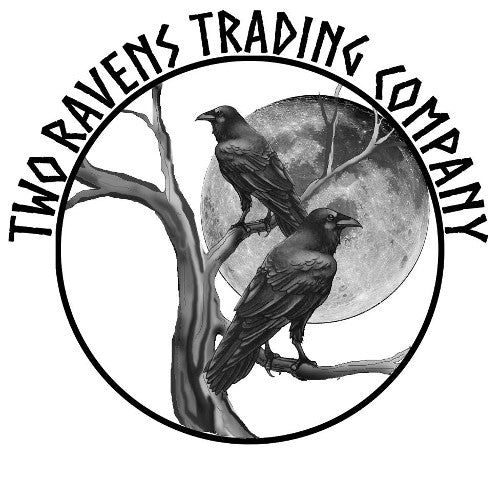School's in session, the class is leather.

First off there are four classifications of leather. Full-grain, top grain, corrected and genuine. It is important to note that all leather starts off as one skin. There is the grain, the junction, corium, and flesh. As different layers of the hide are stripped away or treated, you get the 4 classifications.
Full grain leather is the least-processed and naturally made leather type. This kind of leather is considered the best and highest quality of all types of leather. Simply put, full grain leather is the real deal, the best you can get and the most natural. So much so that, full-grain leather develops its own protective layer, over time, known as the patina, just as natural hide might. It is beautiful, luxurious, and long-lasting.
Top grain leather usually refers to the top layer of the cowhide that has been minimally altered, perhaps sanded down a bit to hide imperfections. Top grain is highly durable and can be used to make enhanced or corrected grain products. That being said, because it is sanded you have weakened the durability of a hide somewhat by removing some of it’s thickness and you have erased some of the natural marks and character that comes from the animal. For me personally, I love the look of a purely natural hide. I think the unique marks and quirks of the hide make the piece truly a one-of-a-kind.
Corrected grain leather is usually more altered than top grain leather. It could just be sanded, but it is often buffed or embossed or resurfaced in some way. Correction of leather simply means removing the intrinsic qualities of natural hide, also known as scars or imperfections, by sanding or buffing. The sanded layer is then imprinted with an artificial grain layer to appear genuine, in a way, and definitely more uniform. By doing this, you have taken a hide that may be overly riddled with flaws and made it much more usable. But again, in doing so, you’ve removed any of the natural uniqueness.
Finally, there’s genuine leather. I’m going to inject my own opinion here and just say avoid that label at all costs. Genuine leather is the catchall term for anything that is technically leather. Leather, sold in the market labeled as genuine leather, is actually split leather, taken from varying levels of the hide. It may originate from top-grain, the lower softer sections where suede comes from, or even somewhere in between. These qualities make genuine leather weaker, more inferior, and not so attractive looking as compared to full-grain leather. Furthermore, the government changed the definition of genuine leather to include any animal’s hide. That means pig or goat leather can also qualify as “genuine leather”. It also means that discarded scraps of leather reconstituted into a bag form can qualify as a “genuine leather bag”. So you could take scraps of pig hide, sand down the surface, emboss it, layer it with chemicals, and reformat it into a bag, jacket or wallet and call it “genuine leather.” Bottom line, with genuine leather, you just don’t know what your getting and the manufacturer is under no obligation to tell you.
So there you have it, a quick rundown of the different classifications. There are many sub-classifications (nubuck, suede, splits, etc) but for this month, I think this is a good start. Thanks for reading!
